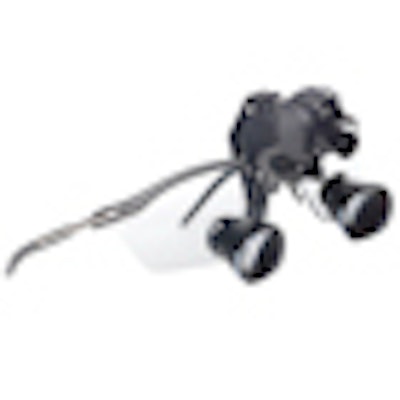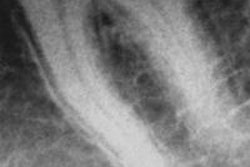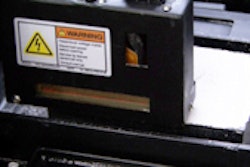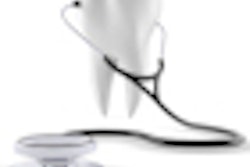
VizVocus has developed what it says is the first high-definition (HD) video camera designed specifically to be mounted on any dental or surgical loupes.
"There are a lot of HD cameras on the market, but it is very challenging to put all of this technology in this small of a package," said Paule Delaney, vice president of business development at VizVocus. "We already had a VGA [video graphics array] version that was doing well in the market, but the HD camera is taking it to a different level."
The company previously had a distribution agreement with Surgitel and manufactured Surgitel's SurgiCam, which was mounted on surgical loupes, according to Delaney. VizVocus is now targeting both the dental and medical markets with the new USB HD Camera, marking the company's first foray into the dental market.
"The surgical loupes and dental loupes market is a very fragmented market, with various manufacturers," Delaney said. "Keeping up with the similarities and differences can be challenging and with a growing demand."
 The USB HD Camera weighs 0.5 ounces and features a built-in microphone and foot-pedal operation. Image courtesy of VizVocus.
The USB HD Camera weighs 0.5 ounces and features a built-in microphone and foot-pedal operation. Image courtesy of VizVocus.
This prompted the company to develop a universal mounting clip "to bridge that gap," she said.
With the clip, surgeons and dentists can mount the camera onto the frame of their preferred loupes or a portable headlight.
"We have different mounts," Delaney said. "One is a universal mount that you can attach directly onto the loupes. We also have a model that can mount on the portable headlight used with the loupes. That is actually the better way to go because the light can be used by the camera as a target. You can align the camera where the line is being projected so you know you are well-aligned at all times."
The camera weighs 0.5 ounces and features a built-in microphone and foot-pedal operation. It can be connected directly to the user's laptop (Microsoft platform only) via a standard USB port and comes with a USB 2.0 cable up to 10-meters long. It can create both AVI (video) and JPEG (still shot) files.
"This is great for dentists and oral surgeons as a replacement tool for the intraoral camera," Delaney said.
The camera can be used for visualization, education, documentation, recording, and image sharing via the Internet. Some dentists even connect it to the television in the operatory that would normally be used to distract patients, allowing them to watch the procedure instead, according to Delaney.
"We have dentists who are using this every day with every patient in an interactive way to show them what is being done in their mouths," she said.
The USB foot pedal is another convenient feature, Delaney noted.
"The foot pedal allows you to do recording and documentation during a procedure without having to interrupt what you are doing with the patient," she said.
VizVocus is currently offering a free trial of the camera, which sells for $3,495 to $3,995.



















